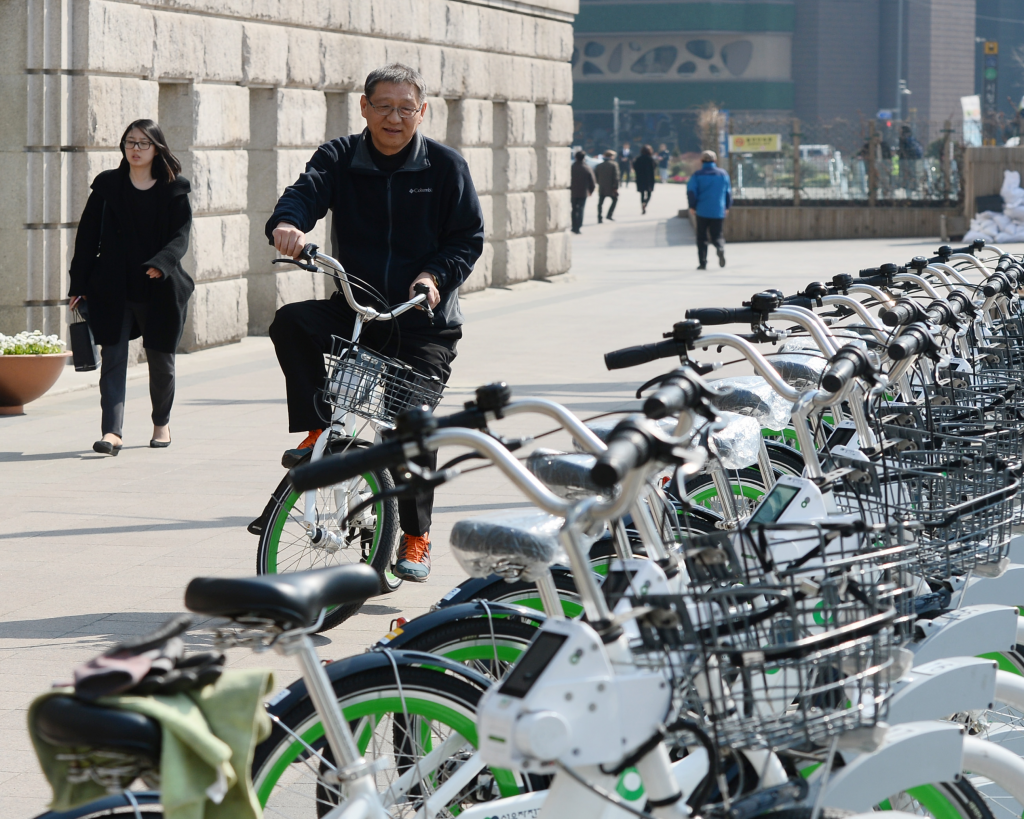The global trend of bike-sharing systems has finally managed to catch on in Korea. Since the introduction of Ddareungi, Seoul’s most prominent bicycle-sharing system, more and more people have abandoned their cars for environmentally friendly bicycles. Though Seoul citizens were initially reluctant to try the system, bicycle ridership began to grow steadily throughout the years.
When Ddareungi was first launched, there were only 150 Ddareungi stations and 1500 bikes around Seoul in 2015. By July 2016, the number grew to 300 and 3000 respectively. This increase can be attributed to the multitude of users near the Han River, where long bicycle paths flank both sides of the water. On sunny weekends, children and adults alike enjoy riding their rented bicycles, feeling rejuvenated after soaking in warmth and sunlight.
“I like using Ddareungi near the Han River because I can enjoy the cool breeze,” said Julia Min (9), a Ddareungi user. “It helps me to relax, refresh my mind, and alleviate any school-related stress. Riding a bike is also a great source of exercise, so I like to think of it as a productive way of spending my time, not just a distraction from homework.”
Despite providing the same source of exercise and entertainment, bike-sharing systems such as Ddareungi and the typical bicycle rental system are starkly different in their degree of efficiency. In general, bike-sharing systems like Ddareungi are incredibly convenient and accessible, as the rider is guaranteed more time and mobility: while a regular rental system would require the rider to travel back to the original station he or she rented the bike in order to return it, bike sharing allows the rider to return the bike to any one of the many stations around the city.
“I think Ddareungi is a great way to rent bikes,” said Hannah Kim (10), a frequent user of Ddareungi. “I have the Ddareungi app on my phone, so it’s really easy to rent a bike every time I go to Hangang or a park. I just open up the app, choose the location and bicycle number, and receive a 4-digit code that gives me access to the bike. It’s a very simple process.”
With Ddareungi and other bicycle-sharing systems emerging as a major mode of transportation, it is without a doubt that a new eco-friendly revolution is taking place just outside the boundaries of SIS. Fueled by the drive and determination to create a more eco-friendly planet, the force of the green and white bicycles pedals forward, gaining momentum with each new bike and each new rider.

